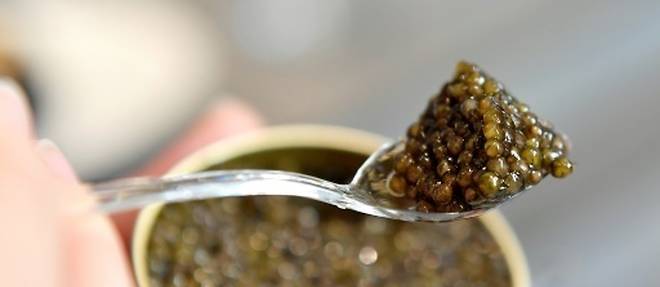
How Is Caviar Prepared?
As we feature caviar as part of our fine food ranges, we are gradually writing posts about various aspects of caviar production and enjoyment! This particular post looks at how caviar is made?
Preparing Caviar
Preparing caviar is relatively straightforward and more of an art form than a standardised process, with years of experience making the difference between obtaining an average caviar or a truly great caviar.
Caviar Egg Size & Timing
Timing is essential as to obtain good quality caviar. The eggs must be harvested at maximum maturity. This takes place when they are at their largest and just before the sturgeon start spawning (laying eggs).
And as soon as the fish has been removed from the water, it is stunned and the fish roe must be removed immediately. The reason being once the sturgeon dies, enzymes are released which alter the flavour of the caviar not for the best.
The eggs are then separated from the thin outer membrane that surrounds them and rinsed to remove any impurities.
Caviar Grading
Once the caviar has been removed from the sturgeon, the eggs are graded according to size, colour and quality.
For example within our Oscietra caviar range, the royal Oscietra is the same as our normal oscietra caviar, but the eggs selected for the “royal” variety are the largest and best eggs of that particular harvest.
Curing Caviar
The next step in the caviar preparation process is salting, or curing.
The amount and type of salt used is individual to each caviar farm and gives the caviar from each producer it’s own unique flavour. For example French caviar from Aquitaine are often seasoned with the highly prized fleur de sel de Guerande from that region.
Russian caviar by contrast, typically has borax (a preserving sodium base compound like salt) added to the salt. Borax is used because it helps increase the shelf life of caviar and it also imparts it’s own unique flavour to the caviar.
Caviar Tinning Process
After salting, the caviar is packed into traditional 4lb (approx. 2kg) tins that achieve the optimal balance of eggs, air and natural fish oils in the eggs. The lids are then pressed down and the tins sealed.
The caviar eggs then gradually absorb the saline solution they are stored in, which swells them up, thus forcing out any residual air.
These caviar tins are then stored at -2c until sold (anything up to a year).
These are broken down into smaller tins (30g, 50g) when sold at retail level, a task done for us by our excellent caviar supplier Caspian Caviar.
You may also be interested by our caviar related articles!
